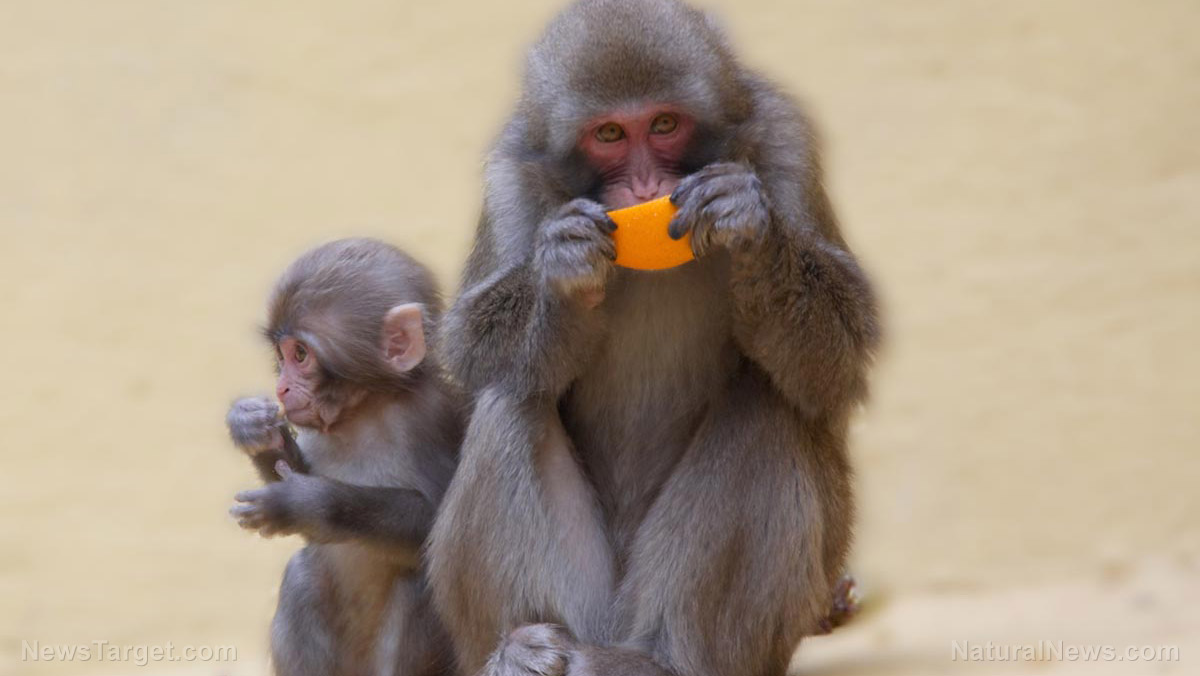
A team of 121 geneticists, evolutionary biologists and archaeologists from 85 institutions worked on a huge project that mapped the genetic history of domestic horses around the world during the last 5,000 years. They were able to track how certain traits have risen and fallen within the gene pool of horses and then link these changes to events in human history.
They used the biggest genome collection ever created for non-human organisms for their work, and they found that modern horses have lost nearly all of their genetic diversity during the last two centuries after maintaining it for over 4,000 year of domestication.
In fact, the rapid changes seen in more modern history mean that the horses of today bear little resemblance to their ancestors.
University of Toulouse Geneticist and Molecular Archaeologist Dr. Ludovic Orlando said: “What we picture as a horse today and what we picture as a horse from a thousand years ago or two thousand years ago was likely actually very different.”
Printed in the journal Cell, their study shows how modern breeding practices have resulted in major shifts in the form and speed of horses, and genetic variety has declined sharply due in no small part to the rise of “pure” breeds and a preference for speed.
They identified two major shifts in horses’ genetic makeup. The first was seen in Central Asia and Europe during the 7th to 9th centuries, which they believe was related to Islamic expansions. This was when strong and sturdy horses became fashionable.
The big downturn in biodiversity occurred in the second half of the 18th century, when people started becoming less dependent on horses for transportation and farming and the animals’ role shifted more toward recreation. The rise in popularity of horse racing saw breeders start selecting for agility and power.
Despite all this research, however, scientists still don’t exactly know where horse domestication began. They do know that horses were among the last animals to be domesticated by humans, starting more than 5,000 years ago but well after dogs, pigs and cattle.
Horses losing genetic diversity
Horses have helped humans to move faster across further distances, enabling them to conquer new territories, plow fields, and grow crops. However, the horses seem to be on the losing end of this relationship.
Two major lineages of horses, one in Iberia and one in Siberia, have been wiped out completely. The researchers call them the horse equivalent of Neanderthals to modern humans. Today, just two lineages remain: the domestic horse and the Mongolian wild horse, also known as Przewalski’s horse. They’re believed to have originated in Central Asia, but no genetic ancestor of the horses has been found.
The damage to genetic diversity is a sign the species’ health is in danger. More genetically diverse groups of animals are more likely to be able to cope with diseases and other threats, while reduced genetic diversity can eventually put species at risk of extinction.
This serves as yet another example of how human activity can decimate entire breeds of animals. In just a few hundred years, we have managed to reshape the equine gene pool and dramatically reduce their genetic diversity. We’re also impacting biodiversity through pesticide use, overfishing, mining, and countless other ways. Studies like this really help to quantify the damage we’re causing to the world around us, but will they be enough to inspire positive change?
Sources for this article include:
Please contact us for more information.























